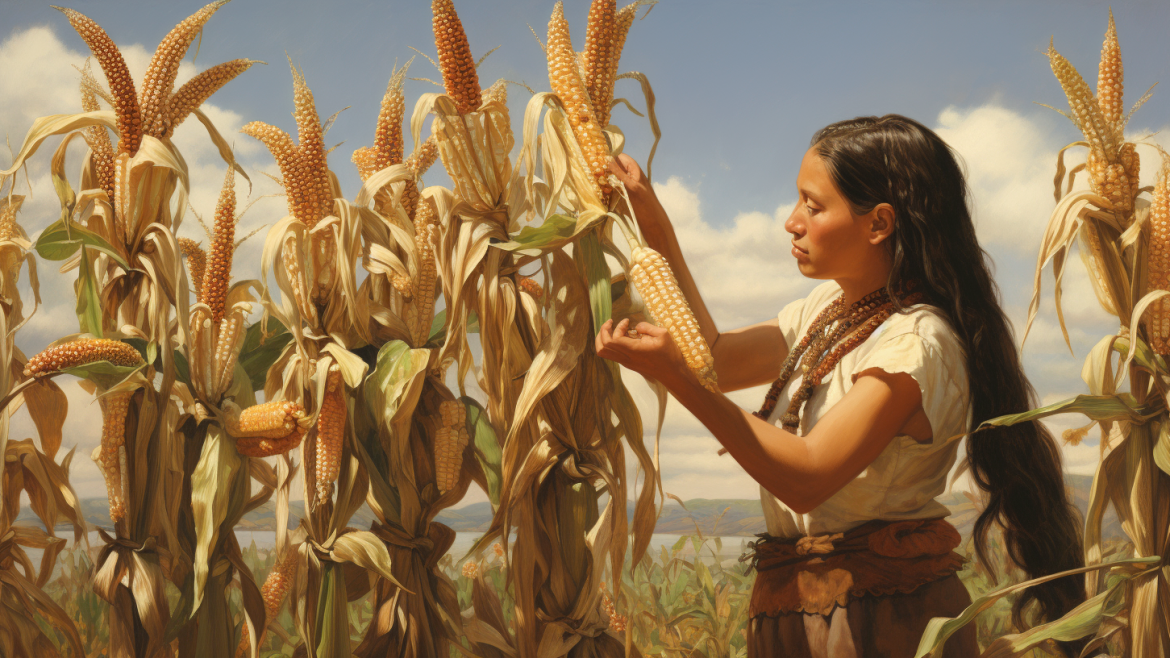One of the most well-known and ingenious agricultural practices developed by the Indigenous peoples of North America is the “Three Sisters” planting method. This innovative technique, used primarily by the Iroquois and other Native American tribes, highlights the importance of intercropping and companion planting, which allowed these communities to thrive in harmony with their environment.
The “Three Sisters” refers to the three staple crops – corn, beans, and squash – that were cultivated together in a symbiotic relationship. This ancient method of interplanting these crops has proven to be not only sustainable but also incredibly beneficial for the health of the soil and the plants themselves. The concept revolves around the mutual support and cooperation between the three plants, each providing benefits to the others, resulting in a bountiful harvest.
Corn, the tallest of the three, serves as a natural trellis for the beans to climb, maximizing the use of vertical space and promoting better air circulation. In return, the beans, being legumes, fix nitrogen into the soil through their root nodules, enriching it and providing essential nutrients for the corn’s growth. This mutually beneficial relationship reduces the need for external fertilizers, maintaining soil fertility over time.
Meanwhile, the squash plants, with their broad, prickly leaves, act as a living mulch, suppressing weeds and shading the soil, which helps retain moisture and regulate temperature. The squash’s prickly foliage also deters pests, like raccoons and deer, from feasting on the precious crops. Additionally, the diverse root systems of the three plants work in harmony to optimize nutrient uptake and minimize competition for resources, creating a thriving and resilient ecosystem.
The “Three Sisters” planting method is not only a testament to the agricultural wisdom of Indigenous peoples but also an example of how working with nature, rather than against it, can yield impressive results. This ancient technique still holds valuable lessons for modern agriculture and can be easily adapted to home gardens or small-scale farming operations. By incorporating the principles of the “Three Sisters” method, we can promote biodiversity, enhance soil health, and create more sustainable and productive gardens. As we continue to explore Native American gardening practices, the next article in this series will delve into “Native American food forests,” which further demonstrate the incredible knowledge and skills of Indigenous peoples in cultivating the land. Don’t miss it, as we uncover more fascinating insights into their sustainable and innovative approaches to gardening.




